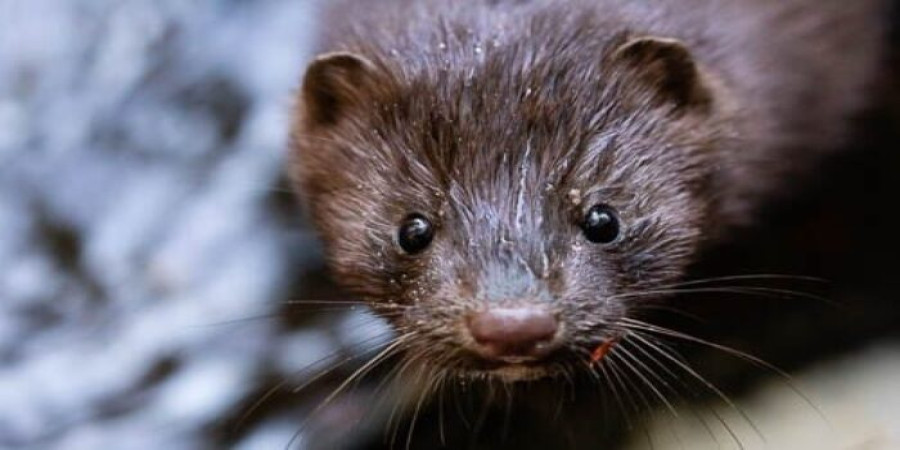

The Secret Lives of Mink: Unraveling the Link Between Habitat and Behavior
Mink, those sleek semi-aquatic members of the weasel family, often maintain an air of mystery. While we might spot them darting alongside streams or lakes, their complex relationship with their environment influences behaviors vital to their survival. Let's delve into the fascinating interplay between mink habitats and the actions they drive.
Preferred Habitats
- Wetlands: Marshes, swamps, and riverbanks with dense vegetation offer ideal mink territory. These areas provide abundant food sources (fish, frogs, small mammals) and natural cover for dens.
- Woodlands: Mink aren't limited to wetlands. They often establish territories near forested waterways, utilizing tree roots and burrows for shelter and preying on ground-dwellers like rabbits or birds.
- Human Environments: Adaptable mink may sometimes exploit human-modified areas like farmlands or even suburban neighborhoods, particularly where food is readily available.
How Habitat Shapes Behavior
- Hunting Strategies: In wetland habitats, mink excel at diving and swimming to pursue aquatic prey. Forested areas often encourage more terrestrial hunting techniques, stalking, and ambushing small land animals.
- Denning: Dense wetland vegetation offers prime spots for secluded dens, crucial for raising young. In areas with scarcer vegetation, mink may adapt by utilizing abandoned burrows or rocky crevices.
- Territoriality: Mink are generally solitary and fiercely territorial. The abundance and distribution of resources within their habitat directly influences the size of their territory, driving their need to defend it.
- Mating Habits: The breeding season brings a shift in mink behavior. Habitat diversity plays a role – offering secluded areas for attracting mates and later, raising kits in a safe environment.
Conservation Considerations
Understanding the link between mink habitat and behavior is crucial for their conservation. Here's why:
- Habitat Loss: Wetland destruction and deforestation threaten mink populations. Identifying prime habitats is key to preserving suitable areas.
- Pollution: Mink are sensitive to pollutants. Maintaining clean waterways and responsible land use in their territories is vital to their health.
- Invasive Competitors: Introduced species in mink habitats can disrupt food chains and compete for resources.
References
- IUCN Red List: American Mink Assessment: https://www.iucngisd.org/gisd/species.php?sc=969
- National Wildlife Federation: Mink Facts: https://animalia.bio/american-mink?environment=304
- The Mammal Society: Habitat Preferences of American Mink: https://onlinelibrary.wiley.com/journal/13652907
The world of a mink is shaped by its surroundings. By understanding this dynamic relationship, we gain deeper insights into their survival strategies, the challenges they face, and the importance of preserving their delicate environment.
Popular articles

Apr 11, 2024 07:40 PM

May 25, 2024 08:09 PM

Apr 11, 2024 07:22 PM

Apr 10, 2024 07:59 PM

Mar 14, 2024 07:53 PM
Comments (0)